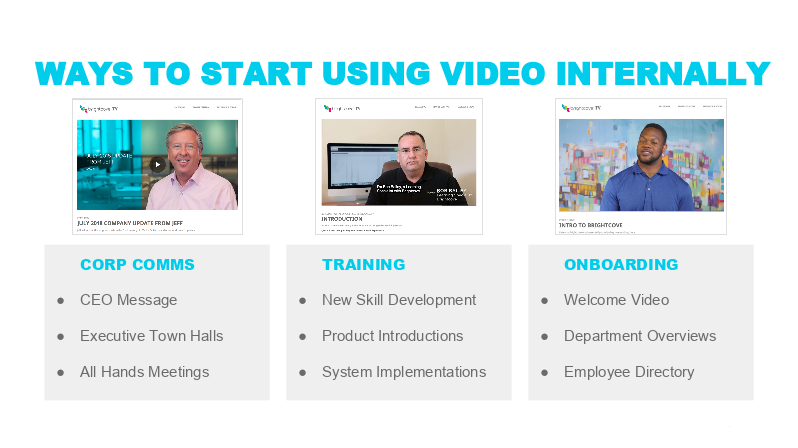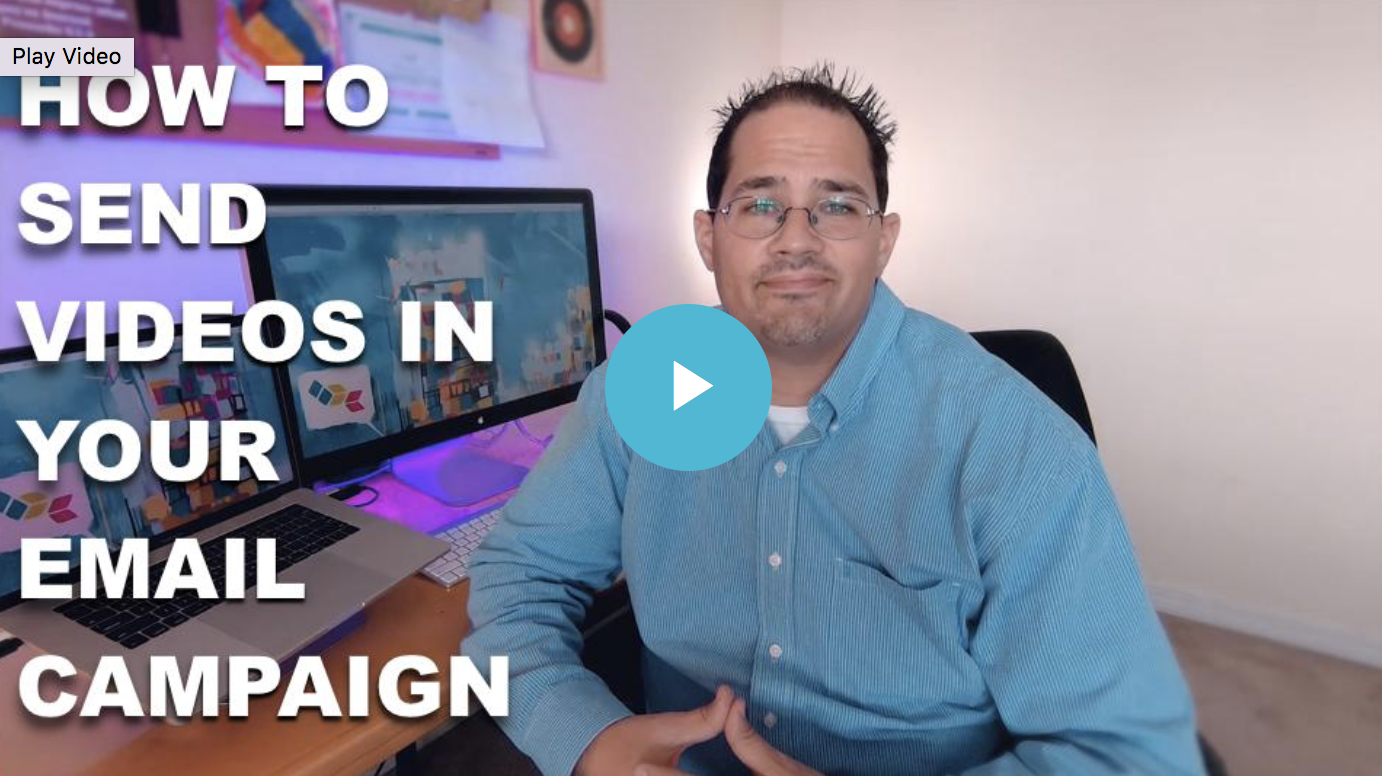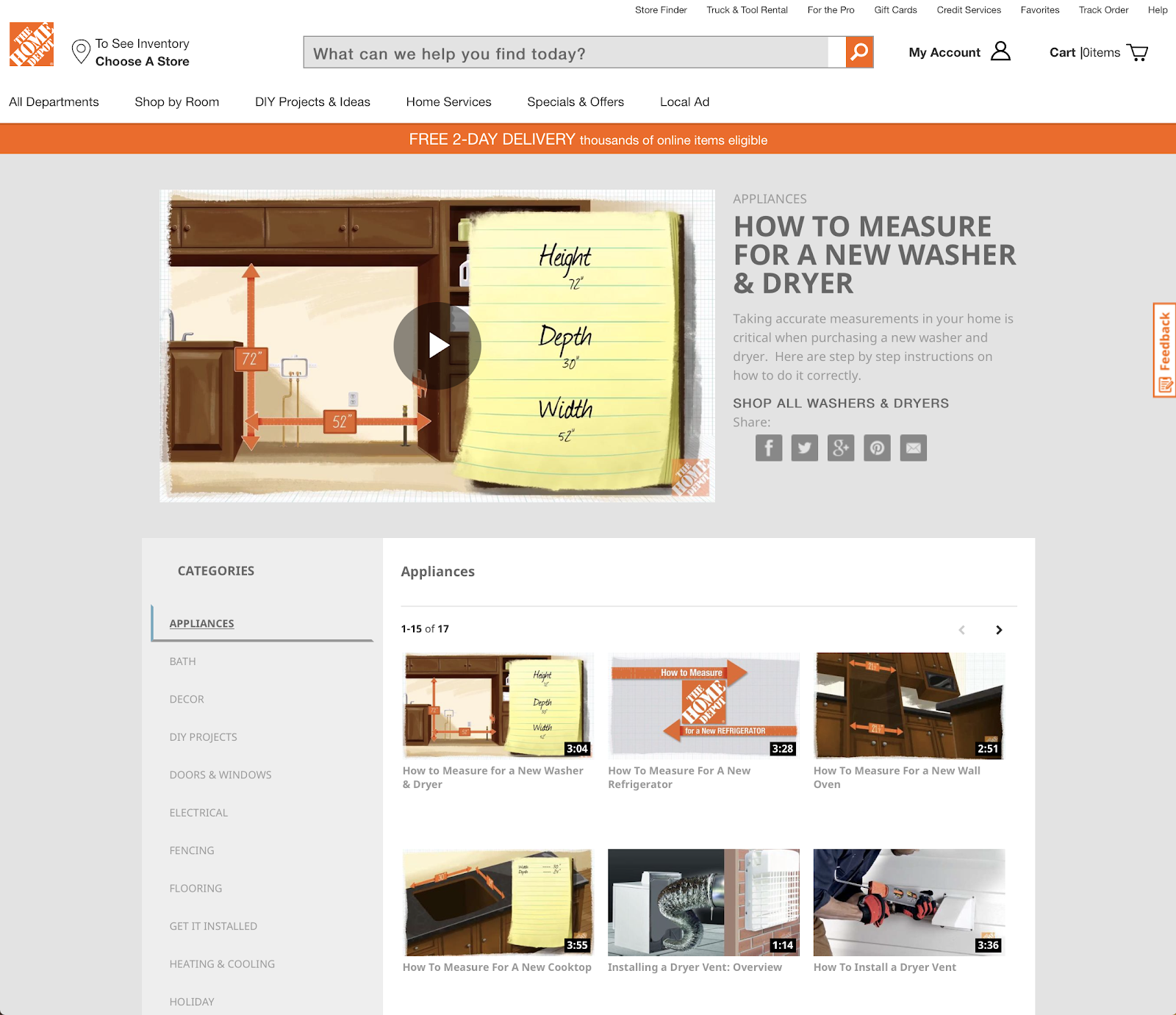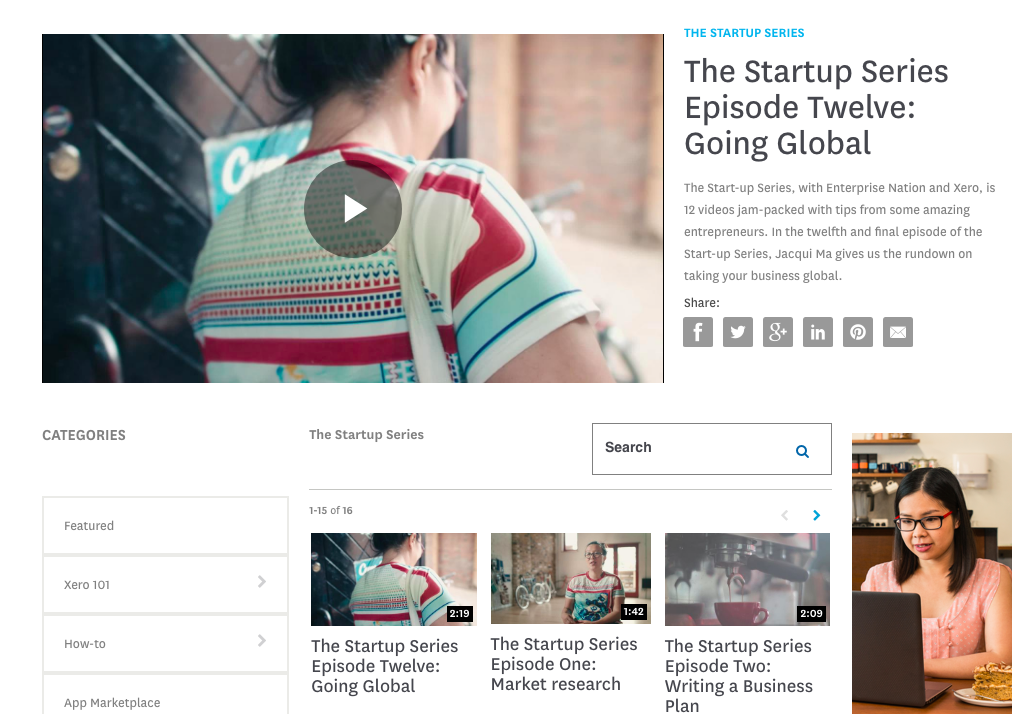BENEFITS OF JUST-IN-TIME PACKAGING AND DYNAMIC VIDEO DELIVERY
bsp-admin-1 on August 23, 2018
In 2017, Brightcove rolled out a new media delivery system called Dynamic Delivery. This has fundamentally improved the media delivery performance of the Brightcove Player for hundreds of our customers.
Leveraging just-in-time packaging, Dynamic Delivery allows content owners to achieve greater device reach, reduced storage costs, and CDN flexibility and security. Those are just the inherent benefits.
Dynamic Delivery further reduces costs and improves user experience when used in conjunction with Brightcove’s Context Aware Encoding (CAE) technology and Server-Side Ad Insertion (SSAI) monetization capability. That’s why we’re encouraging all our customers to transition 100% of their content over to our Dynamic Delivery system.
How does this process work and what considerations are there? Let’s break down how all this is possible.
HOW STATIC DELIVERY WORKED
To fully appreciate the benefits of Dynamic Delivery, it’s important to understand the challenges of static delivery.
In the world of static delivery, you send one source file to Brightcove and indicate the various media types needed at the time of ingest. This includes rendition encoding settings (bit rate, resolution, etc.) as well as package types (package format, DRM/encryption settings, etc.).
All these settings are layered on and applied at the time of ingest to create a comprehensive set of renditions. Even a moderately complex use case can end up with dozens of renditions which are stored on an origin server for delivery.
Then, at the time of playback, the appropriate rendition is selected and played. As you have to support more devices and formats, the more complex and expensive it becomes to prepare the content for delivery.
Another pitfall of static delivery is the rigidity of the update process. Since all of the packaging happens at the time of ingest, adding any new formats requires you to go back and completely re-transcode your library. This means every time a new format emerges or an existing format has released updates you have to go back and re-package your entire back catalog of content to get the latest and greatest technology.
HOW DYNAMIC DELIVERY WORKS
Now, when you send Brightcove the source file we create all of your desired renditions (different resolutions, different bitrates) and store them in a format-agnostic state. This means these renditions aren’t stored in a particular package (HLS, DASH, etc.) but rather as fragmented MP4s (fMP4s).
When a user requests content from any given device, our just-in-time packaging generates the appropriate packages automatically. Just-in-time packaging generates packages based on the device requesting the content, automatically selecting the appropriate stream packaging and DRM formats.
This greatly reduces the cost and effort to accommodate future devices and formats. We’re only storing the “heavy part” once and our packaging is light-weight. Your cost of ownership can decrease drastically, especially if you have complex setting requirements like several DRM packages. Even in the simple use case of delivering clear content, you’d be cutting your storage costs in half by reducing duplication of having HLS and DASH renditions.
BENEFITS OF JUST-IN-TIME PACKAGING
FUTURE PROOF YOUR LIBRARY
Applying packaging at the time of request allows customers to easily adopt new package types and DRM formats, as well as updates to the existing formats.
Previously, if a customer wanted to take advantage of features available in new versions of packages or DRM formats, they had to re-transcode their entire library to update to the new format (or more likely to add the new format in addition to maintaining the old format). Now as formats evolve we update our just-in-time packager once to support them and they are instantly available for all the content in your library.
EXPAND REACH
Just-in-time packaging provides a much more flexible framework to control what shows up in the manifest at the time of playback.
One example is the ability to apply multiple audio tracks to a single piece of content which is a growing requirement among companies trying to reach international audiences that speak multiple languages. Adding multiple audio tracks also fosters a more accessible user experience for blind users by adding more descriptive audio tracks, expanding reach further.
Previously, having multiple audio tracks for a single piece of content required an immense amount of post-production work: adding an additional audio track, marrying that audio to the video, uploading the video as a separate video asset, then managing the complexity of presenting the right video for the right user.
Now, this can all happen at the time of packaging. Upload the video once with as many audio tracks as you need. Then these audio tracks can be presented in the player, similar to how caption tracks are. The user can choose which audio track they want or you can programmatically trigger it based on geography or other relevant metadata.
INCREASE FLEXIBILITY
Every business has slightly different requirements around CDNs and that’s why we made sure Dynamic Delivery was CDN agnostic. Our old system was much more rigid about which features were supported on which CDNs. Now, Dynamic Delivery is much easier to set up and implement based on your CDN requirements.
FEATURES MADE POSSIBLE BY DYNAMIC DELIVERY
In addition to the explicit benefits provided by Dynamic Delivery, the flexible architecture of the system allows us to add additional features quickly and easily. We’ve written about many of these in the past — follow the links to learn more!
Context Aware Encoding – Utilize machine learning and deep video analysis to achieve optimum quality for each video with the fewest bits necessary.
Server-side Ad Insertion (SSAI) – Dynamically stitch targeted ads into your content to deliver a stunning, TV-like experience and defeat ad-blockers.
Delivery Rules – Harness the power of Dynamic Delivery to customize delivery behavior to meet your unique business objectives.
GETTING STARTED
Dynamic Delivery is fully integrated into the Brightcove Player and is API compatible for both ingest and delivery. Additionally, Dynamic Delivery content can live alongside non-Dynamic Delivery content in the same Video Cloud account so you don’t have to worry about a mass conversion.









